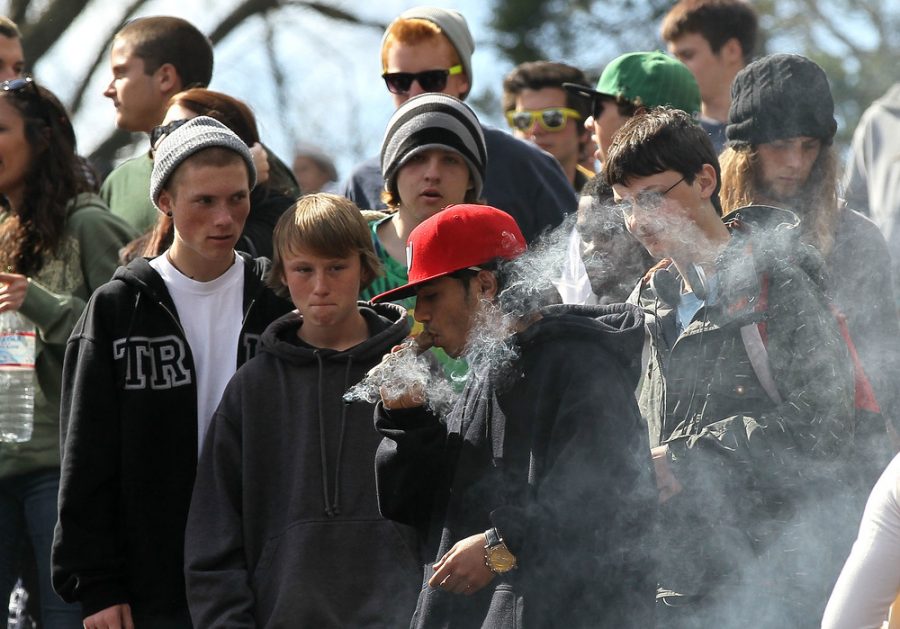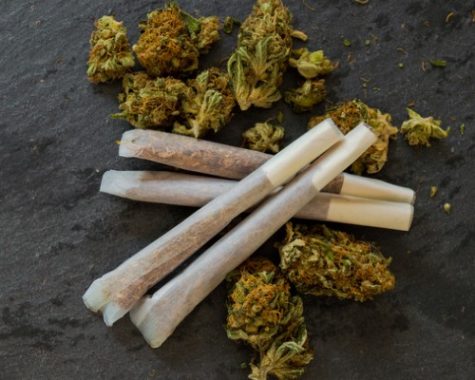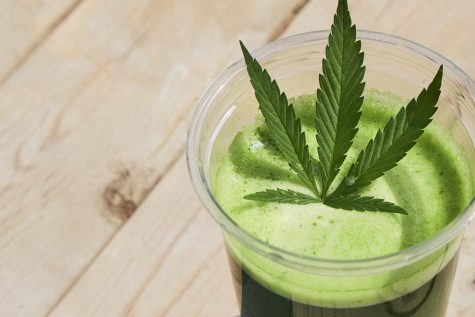Government-funded report shows that youth cannabis consumption have not risen in spite of sweeping U.S. legislation
The most recent edition of the Monitoring the Future (MTF) report claims that rates of youth cannabis consumption are stable. This finding suggests that broader moves to legalize cannabis in the U.S. have not significantly impacted consumer behavior among the younger generation.
Funded by the federal government, the annual MTF report was published on December 15. According to the analysis, adolescent cannabis use “did not significantly change in any of the three grades for lifetime use, past 12-month use, past 30-day use, and daily use from 2019-2020.”
These findings were gleaned from the self-reported data of students in the 8th, 10th and 12th grades. Furthermore, within the same time period, rates of daily cannabis vaping sunk by more than half among 10th and 12th graders; slipping to 1.1 percent and 1.5 percent, respectively.
Cannabis consumption rates among adolescents didn’t change much since last year
Adolescents in all three grades that were involved in the annual MTF report returned similar responses regarding daily cannabis consumption, lifetime cannabis use and previous 30-day use: rates remained the same or dropped slightly between the years 2019 and 2020.
Despite the similarities in adolescent cannabis consumption rates, there was one disparity: daily use increased by half a percentage point among 12th graders. All age groups also shared similar views on the potential dangers of cannabis, with perceptions being mostly stable.
Now that the results of the annual MTF report are out, prohibitionists may have to rethink their arguments against statewide cannabis legalization. After all, many legal cannabis opponents have objected to the state-level legalization movement in fear of it triggering a spike in youth cannabis — a concern that this poll appears to dispel.
Popularity of weed among adolescents reduced between 2012 and 2018
Funded by the National Institute on Drug Abuse (NIDA) and carried out by the University of Michigan, the MTF survey’s 2018 edition highlighted how the number of adolescent cannabis consumers in the U.S. has sunk since 2012. This is an interesting finding, considering the fact that the first legal states passed cannabis legalization laws in the year 2012.
Vocal prohibitionists have been consistent in their arguments that legalization would encourage young people to use more weed. However, the results of the annual MTF report – combined with recent research and consumption data for an ever growing number of legal states – has debunked the theories.
The MTF report’s findings mirror those gleaned in a biennial Youth Risk Behavior Survey conducted by the Centers for Disease Control and Prevention (CDC). According to the CDC’s analysis, high school student cannabis consumption plummeted during the peak years of state-legal adult-use cannabis legalization.








